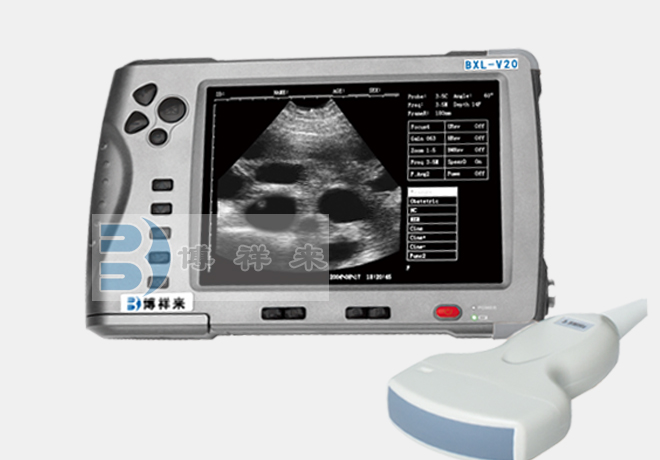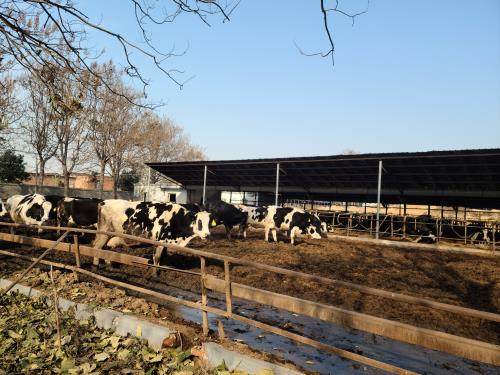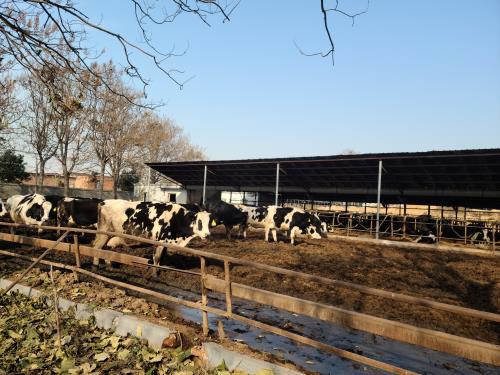Common identification methods for female dogs in estrus include appearance observation, vaginal secretion microscopy, saliva smear microscopy, and veterinary B-ultrasound examination. Generally, the time from the female dog entering the proestrus to accepting the male dog's mating is about 13 days, and it begins to shorten and then lengthen with the increase of age, but the specific estrus time varies from breed to breed. When the female dog begins to accept the male dog's mounting, it can be considered that the female dog has entered the estrus period. At this time, the dog's breeding process can be completed by natural mating or other artificial assisted mating methods, but it is best to use veterinary B-ultrasound to examine the follicles to determine the estrus process. About 6 days later, the female dog begins to reject the male dog, that is, entering the late estrus. The length of this period has not yet been determined. If there is no pregnancy, this period can generally last for 23 months. The anestrus period is the transition stage from one reproductive cycle to another. The duration varies from 1 to 9 months. Veterinary B-ultrasound observation shows that the ovaries are in a dormant state. When the dog does not show reproductive behavior, it can be considered that it is in the anestrus period. If the female dog is pregnant and gives birth normally, the interval between two estrus cycles is about 2 months.

Artificial insemination technology Currently, the commonly used artificial insemination methods mainly include vaginal insemination, intrauterine insemination and surgical intrauterine insemination. Some people also perform artificial insemination under Veterinary ultrasound monitoring. It is reported that the successful pregnancy rate of frozen semen of dogs can reach 91.6%, and the litter birth rate of intrauterine insemination is higher than that of vaginal insemination. In foreign countries, some universities and dog clubs have established canine sperm banks to provide breeding and mating services. However, due to the special breeding pattern of dogs, although there have been successful reports on artificial insemination technology for dogs in China, it still cannot be applied to large-scale production, especially in the freezing, storage and thawing of semen, which still need further research.








